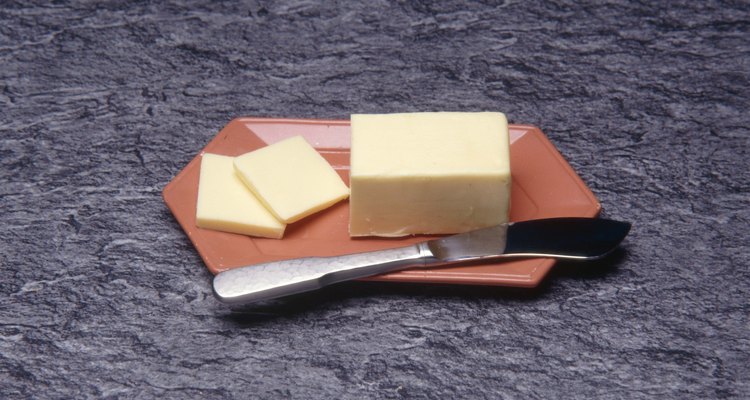
Because your body needs fats as part of a healthy diet, it makes sense to think about which fats are best. Mixing margarine and butter together may or may not be a good idea nutritionally, depending on what kind of margarine you use. But mixing the two fats does allow you to spread the mixture more easily than when using chilled butter alone. Differences between butter and margarine matter more in baking than in other types of cooking.
Mixing
You can mix butter and margarine most easily when they are both at room temperature. Otherwise, butter is too hard to blend in easily with the margarine. Simple leave the butter out of the refrigerator for about one hour and cream the two fats together, either with a spoon, in a mixer or in a blender. To save time, you could also soften the two fats in the microwave and stir them together until they are blended.
Nutritional Differences
Calorie differences won't change much when you mix margarine and butter, because the calorie counts are similar -- 1 teaspoon of stick margarine contains 30 calories, tub butter contains 24 calories, low-fat tub butter has 12 calories and butter has 34 calories. You'll increase amounts of saturated fat, the kind that raises your blood cholesterol levels, when you add butter to margarine -- stick margarine contains .7 grams of cholesterol, tub margarine contains .6 grams, low-fat margarine has 1.1 grams and butter has 2.4 grams.
Trans Fats
Adding certain types of margarine to butter increases the levels of dangerous trans fats, also called partially hydrogenated oil on product labels. Trans fats can raise your levels of the "bad" LDL cholesterol. Some brands of soft margarine that come in tubs use trans-free palm oils and emulsified vegetable oils that are free of trans fats. Check the labels of your margarine package to see whether it lists partially hydrogenated oil among the ingredients before deciding to blend it with butter.
Baking
You'll lose some tenderness and browning in baked cookies and cakes when you bake with a blend of butter and margarine, instead of using 100 percent butter. Because margarine has more water and less fat than butter, cookies won't spread as far and pie crusts won't be as flaky. Margarine contains about 35 percent of its volume in fat compared to butter's 80 percent fat content. However, because the differences can be slight, you may not notice the difference.
Taste and Spreadability
Butter has a rich mouth feel and taste all its own in creamy caramels, fudge and buttercream frosting, and when spread on a crusty baguette. You'll lost that taste and feel to some extent when you mix the butter with margarine. You'll gain spreadability, because soft, trans fat-free margarine spreads much more easily than butter. If that softness doesn't appeal to you, simply keep the mixture in the freezer so it will firm up to a consistency similar to chilled butter.
Related Articles
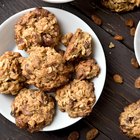
How to Substitute Applesauce for Butter ...

Can You Substitute Margarine for Butter ...

What Can I Substitute for Butter When ...
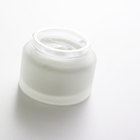
How to Make Light & Fluffy Whipped Body ...

The Benefits of Cocoa Butter on the Lips

How to Use Butter Powder
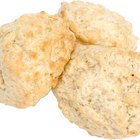
What Can Be Used to Substitute for ...

How to Make Icing With Very Few ...
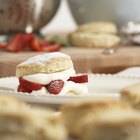
Butter Substitute for Baking Scones

What Can I Substitute for Butter When ...

How to Substitute Margarine for Butter ...

Can You Substitute Butter for ...
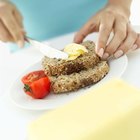
Healthy Butter Substitutes
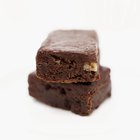
Substitution for Oil in Baking Brownies
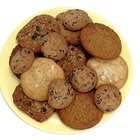
Substitutes for Butter When Baking ...
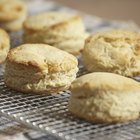
Butter Substitute for Baking Scones
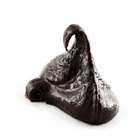
Making Chocolate From Cocoa Powder
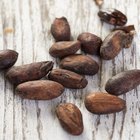
Facts on Cocoa Butter
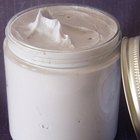
Avocado Butter Hair Treatment

Substitutes for Shortening in Frosting
References
- American Dietetic Association: Food Nutrient Data for Choose Your Foods: Exchange Lists for Diabetes, 2007
- Cooking Light: The Most Common Nutrition Mistakes
- What Einstein Told His Cook; Robert L. Wolke
Writer Bio
Susan Lundman began writing about her love of cooking, ingredient choices, menu planning and healthy eating after working for 20 years on children's issues at a nonprofit organization. She has written about food online professionally for ten years on numerous websites, and has provided family and friends with homemade recipes and stories about culinary adventures. Lundman received her M.A. from Stanford University.
Photo Credits
Jupiterimages/Comstock/Getty Images